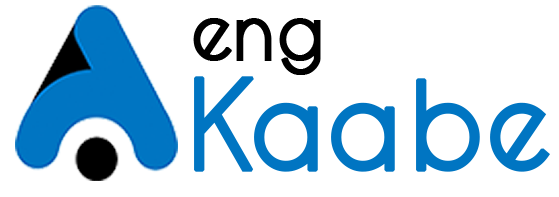E-learning has transformed education globally, offering flexibility, accessibility, and cost-effective solutions to learners. However, in Somalia, the adoption of e-learning faces significant challenges. While there is immense potential for digital education to bridge gaps, various barriers hinder its effective implementation. This article explores these obstacles and offers insights into overcoming them.
The Promise of E-Learning in Somalia
E-learning can revolutionize education in Somalia by addressing issues like inadequate schools, teacher shortages, and a lack of quality learning materials. Platforms offering online courses, virtual classrooms, and mobile-based learning can ensure access to education for students in urban and rural areas alike.
Despite this potential, several barriers prevent the full realization of e-learning benefits in Somalia.
1. Infrastructure Challenges
- Limited Internet Access
While internet connectivity has improved in cities like Mogadishu, many rural areas still lack reliable access. Without a stable connection, accessing online courses and resources becomes nearly impossible. - Frequent Power Outages
Electricity supply is inconsistent in many parts of Somalia, affecting the ability of students and educators to participate in e-learning consistently. - Lack of Devices
Most students in Somalia cannot afford laptops, tablets, or even smartphones, which are essential for accessing e-learning platforms. Shared access to devices further limits the quality of learning experiences.
2. Cost Barriers
- High Data Costs
The cost of internet data in Somalia is relatively high, making it unaffordable for many families, especially those in lower-income brackets. - Lack of Affordable Platforms
Many e-learning platforms charge subscription fees, which are out of reach for students in Somalia, where disposable income is limited.
3. Digital Literacy Gaps
- Limited Training for Teachers
Many educators in Somalia lack the technical skills to use e-learning tools effectively. Without proper training, they cannot guide students through virtual platforms or create engaging digital content. - Low Digital Literacy Among Students
While younger generations are more adept at using smartphones, their knowledge of e-learning tools, software, and online resources remains limited.
4. Language and Content Barriers
- Lack of Localized Content
Most e-learning platforms offer content in English or other foreign languages, which many Somali students struggle to understand. Localized content tailored to Somali culture and context is scarce. - Irrelevant Curriculum
E-learning materials often do not align with Somalia’s curriculum, making it difficult for students to integrate online learning with traditional education systems.
5. Cultural and Social Challenges
- Resistance to Change
Many parents and educators view traditional classroom settings as superior to online learning, leading to resistance in adopting e-learning methods.
6. Security Concerns
- Unstable Environment
Ongoing security challenges in some regions of Somalia make it difficult to set up and sustain e-learning infrastructure. - Cybersecurity Risks
The lack of robust cybersecurity measures poses risks for students and educators using online platforms, such as data breaches and cyberbullying.
Opportunities to Overcome Barriers
While the challenges are significant, several strategies can help overcome these barriers:
- Infrastructure Investment
- Expanding internet coverage to rural areas.
- Promoting the use of solar energy to address power outages.
- Affordable Access
- Partnering with telecom providers to lower data costs for educational purposes.
- Developing free or low-cost e-learning platforms.
- Digital Literacy Programs
- Training teachers and students on using e-learning tools.
- Launching awareness campaigns to promote the benefits of online education.
- Localized Content Development
- Creating e-learning materials in Somali and other local languages.
- Ensuring alignment with Somalia’s national curriculum.
- Policy Support
- Government policies encouraging public-private partnerships to fund and implement e-learning initiatives.
- Creating cybersecurity frameworks to ensure safe online learning environments.
Conclusion
E-learning has the potential to revolutionize education in Somalia by making it more accessible and inclusive. However, addressing barriers such as infrastructure gaps, high costs, digital illiteracy, and cultural resistance is essential for its success. Through collective efforts by the government, private sector, and international organizations, Somalia can overcome these challenges and unlock the full potential of e-learning, ensuring quality education for all.

